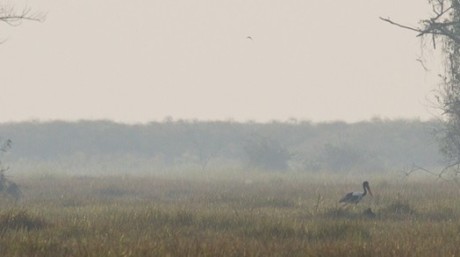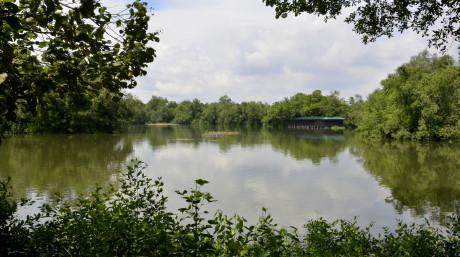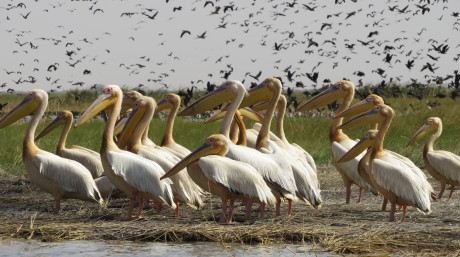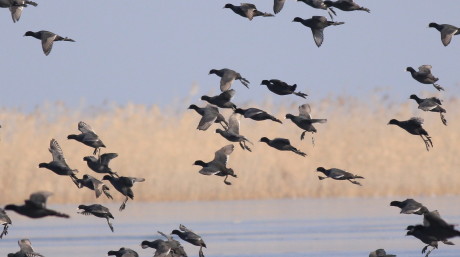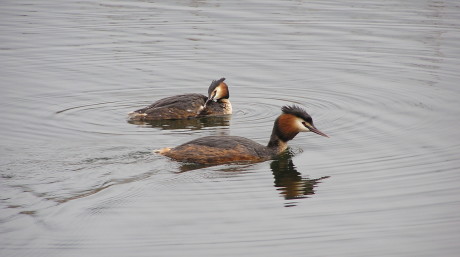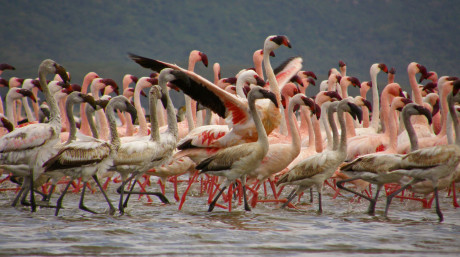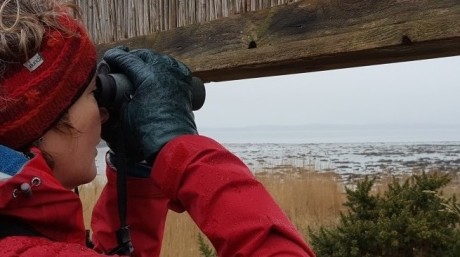 News
News
Message from our CEO on World Wetlands Day 2016
The precipitous loss of wetlands and freshwater biodiversity over the last decades has been widely reported – and alongside this, many organisations, including Wetlands International, […]
